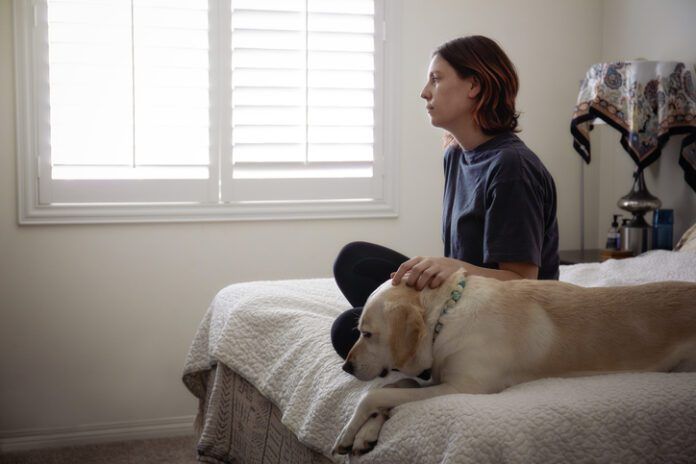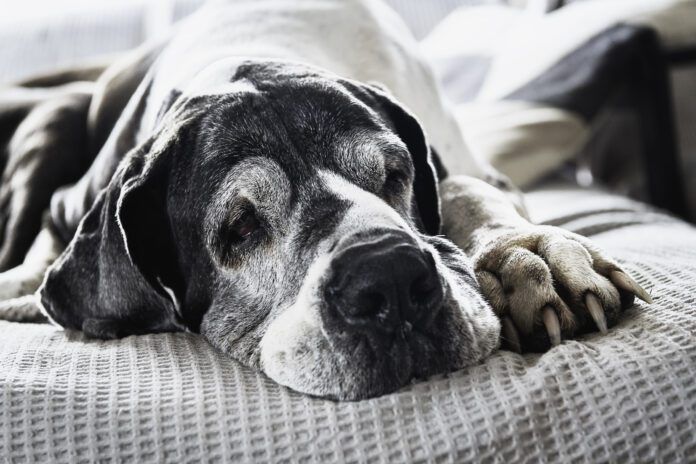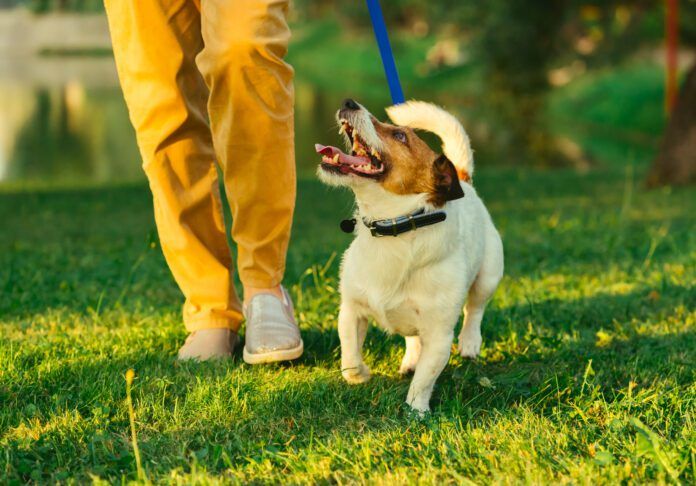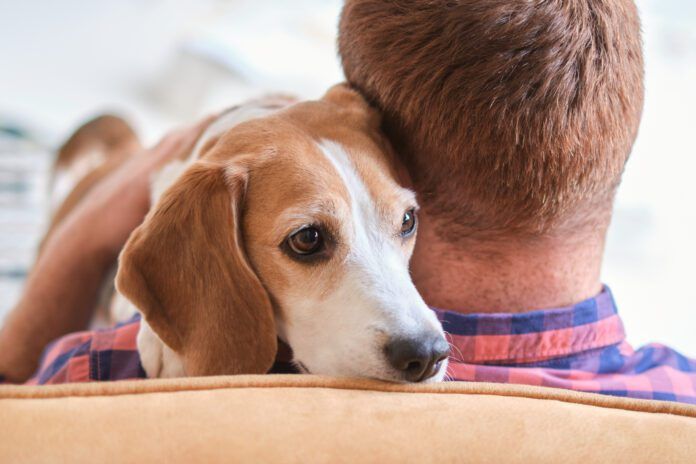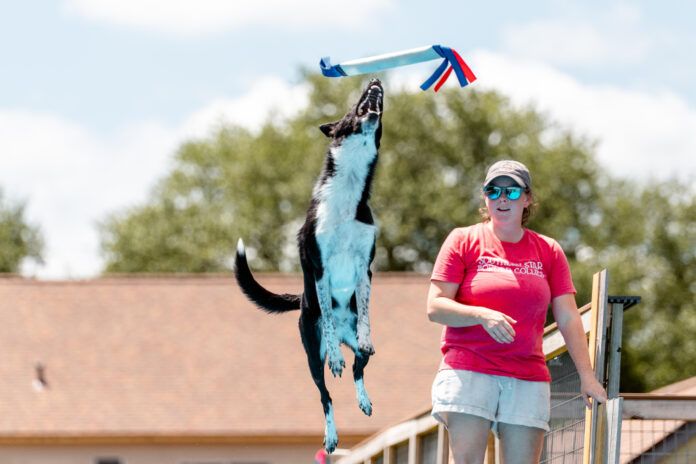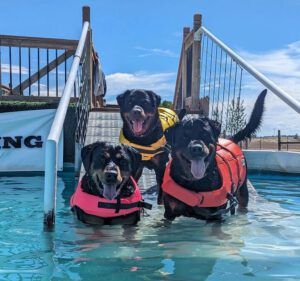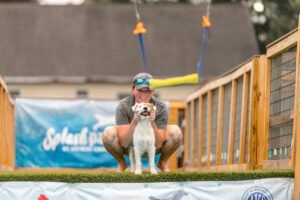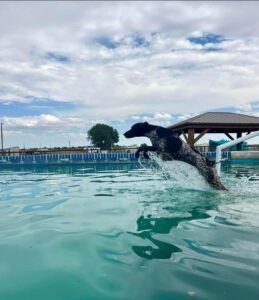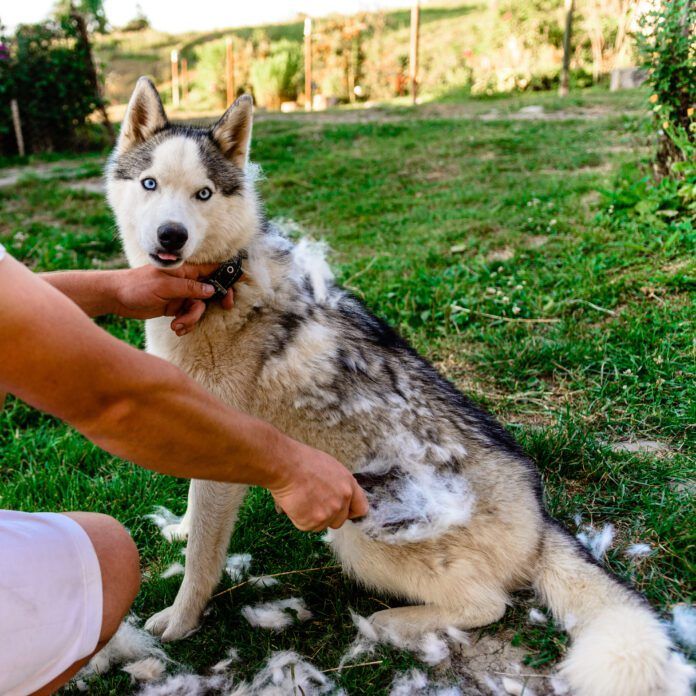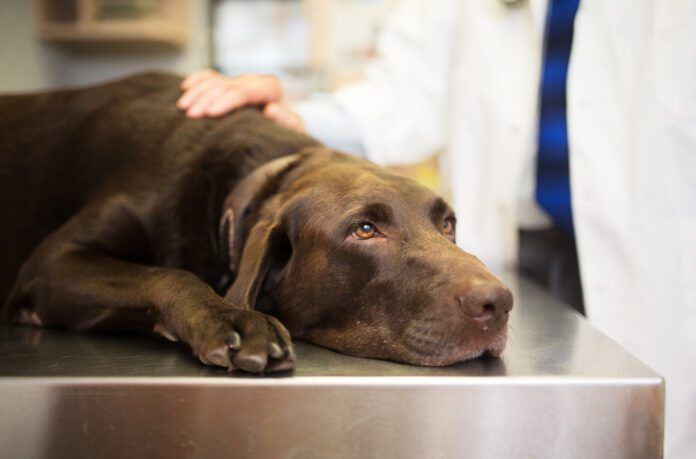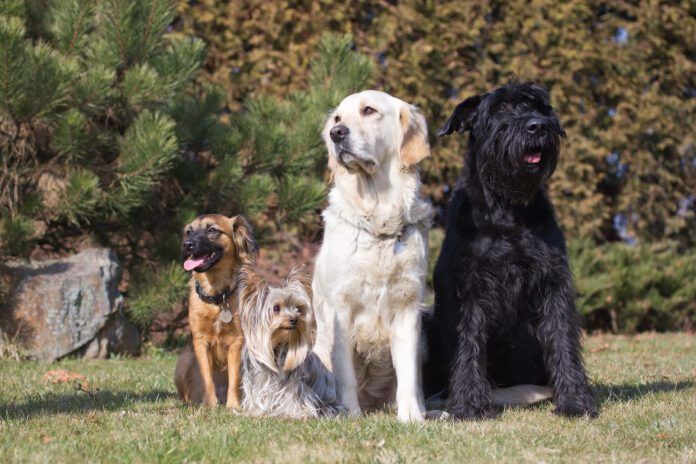The headline that caught my eye was, “Dog Thief Arrested After Helicopter Pursuit.” I thought, “Wow! That’s a terrific response to a dog-napping!” But when I read the article, I realized that the story was darker than the headline seemed to suggest.
You see, the article wasn’t actually about a dog-napping; it was about a man who was arrested after violating a protection order and threatening a 26-year-old woman at her home, and then taking her dog. Several people called 911 after witnessing the man threatening the woman, and reported that the man had a gun and left in a car. When the responding officers couldn’t find the woman, they initiated a search for the car and, upon spotting it, initiated a pursuit. They discontinued the pursuit as the vehicle was being driven recklessly, but after the driver crashed the car, a law-enforcement helicopter spotted the man and followed him until he was apprehended. He was charged with domestic violence felony harassment, domestic violence theft in the third degree (for the theft of the woman’s dog), unlawful possession of a firearm, driving with a suspended license, hit-and-run of an attended vehicle, domestic violence violation of a no contact order, and obstruction. (According to the article, the woman was found and the dog returned to her, and both are “OK.” I would submit that “OK” is probably an inadequate description of how the woman is likely to feel, even if she and her dog were not physically harmed.)
People who commit domestic violence rarely abuse only the people with whom they have been in a relationship; they often target anyone or anything that their victims care about, and frequently this includes pets who belong to their victims. Consider these facts, compiled by RedRover, a national animal welfare nonprofit:
- 71% of women in domestic violence shelters report their abuser threatened, injured, or killed a pet. (Source: National Coalition Against Domestic Violence)
- Nearly half of victims stay with an abuser rather than leave their pet behind. (Source: Carlisle-Frank, Frank and Nielsen (2004), Pets as Pawns.)
- 52% of survivors in shelters leave their pets with the abusers. (Source: National Coalition Against Domestic Violence)
- As many as 25% of survivors will return because the abuser is using their pet as a means to get the person back. (Source: ASPCA)
Fortunately, there is a growing number of organizations that provide support to pet-owning victims of domestic violence, and others who are working to help domestic-violence shelters become pet-friendly. If victims have resources that can safely accommodate their pets, they are more likely to seek help and shelter for themselves.
- Only an estimated 18% of domestic violence shelters allow the people they admit to bring their pets. Since 2019, Purina has invested over $2 million through its Purple Leash Project and partnership with RedRover to help domestic violence shelters make the changes needed to accept pets. When Purina and RedRover began this work only 4 percent of shelters accepted pets. However, through the Purple Leash Project, and over $500,000 in grants awarded last year alone, 18 percent of domestic violence shelters are now pet-friendly. But there’s more work to be done. Purina’s goal to help ensure at least 25 percent of domestic violence shelters become pet-friendly by 2025.
- RedRover’s Relief Safe Escape grant program helps families with pets safely escape domestic violence together. Funding is mainly provided to help with the cost of temporary pet boarding while a survivor is in a domestic violence shelter, though other costs associated with boarding (like vaccinations) can be considered. Assistance does not typically cover pet boarding once the survivor has moved from the safe house into transitional housing.
- Greater Good Charities and RedRover have teamed up to create effective and sustainable programs for people and pets in crisis. Their expert team works with organizations around the country to help build pet-inclusive housing programs that keep families together. See Don’tForgetThePets.org for more information.
- Sheltering Animals and Families Together (SAF-T) maintains a state-by-state list of domestic violence shelters that accept people with pets.
- The National Domestic Violence Hotline has information about how to include pets in a plan to escape from an abuser.
- The Animal Welfare Institute maintains a guide to teach advocates and attorneys who represent pet-owning domestic violence survivors, to teach the advocates how to get the pets of domestic-violence survivors included in domestic violence protection orders. The guide is tailored for the laws in California—but may be helpful as a model for attorneys in other states.
If you or someone you know is in an unsafe or abusive relationship and concern about their pets is preventing them from getting help, please share these resources with them. You just may help them save their lives—and those of their beloved animal companions.


